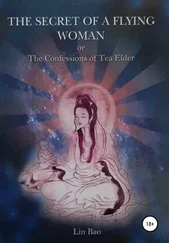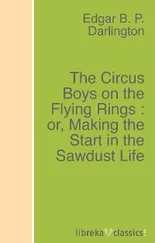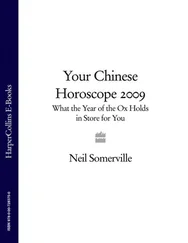
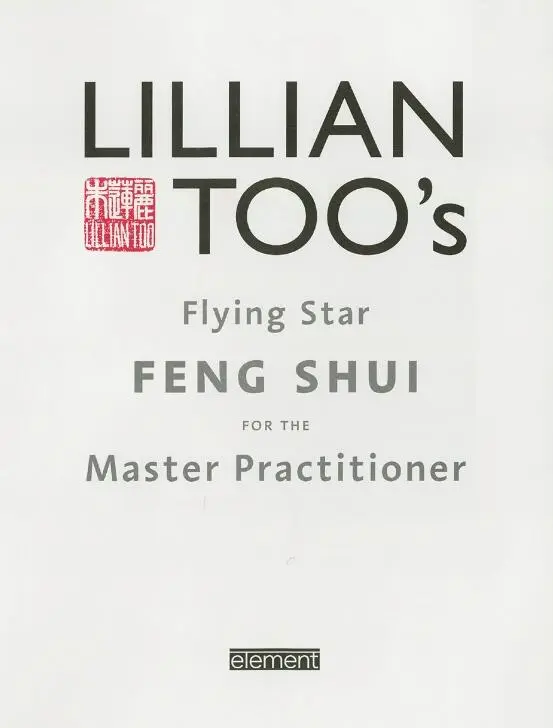
Title Page
Introduction
Part ONE Secrets of the Luo Pan
1 Origins of the Luo Pan Compass
2 The Feng Shui Luo Pan Today
3 Special Lines of the Luo Pan
4 Heaven, Earth, and Mankind Plates
5 The I Ching – Trigrams and Hexagrams
6 Trigrams and Their Meanings
7 The Two Trigram Arrangements
8 The Yin and Yang Pa Kua
9 The Five Elements and Their Cycles
10 The Lo Shu Square and Ho Tu Numbers
11 Supplementing With A Modern Compass
12 Practical Notes on Taking Directions
13 Determining the Facing Direction - Various Criteria
14 Sitting and Facing Directions
15 Superimposing the Lo Shu Square on Floor Plans
Part TWO The 24 Mountains
16 The 24 Mountains of the Earth Plate
17 Eight Mansions and Personalized Directions
18 The 12 Earthly Branches of the 24 Directions
19 The Four Important Trigrams of the 24 Mountains
20 The Eight Heavenly Stems of the 24 Mountains
21 Axis Directions for East and West Groups
22 The Secret of the Castle Gate Entrance
23 Using the Mankind Plate to Analyze the Impact of Buildings
24 The Heaven Plate to Analyze the Flow of Water
Part THREE Time Changes in Feng Shui
25 Cycles of Time Periods in Feng Shui
26 The Chinese Lunar and Solar Calendars
27 Annual and Month Feng Shui Charts
28 Annual Afflictions and Feng Shui Cures
29 Working With the Grand Duke Tai Tsui
30 Exhausting the Nasty Five Yellow
31 Confronting the Three Killings
Part FOUR Flying Star Feng Shui
32 What Is Flying Star Feng Shui?
33 Trigram Feng Shui and Annual Charts
34 Interpreting Trigram Charts From Year to Year
35 Constructing Flying Star Natal Charts
36 Water Stars and Mountain Stars
37 Period of Seven Charts
Part FIVE Interpreting Flying Star Charts
38 Meanings of the Nine Star Numbers
39 Strength of the Numbers in Different Periods
40 Flying Star Combinations With Enhancers and Cures
41 Nine Palaces of the Home
Part SIX Advanced Work on Flying Star
42 The Auspicious Specials
43 The Unique Situations
44 The Ho Tu Number Combinations
45 Flight of Water and Mountain Stars
46 Eight Mansions and Nine Palaces
47 Special Notes on Placement of Water
48 Tips on Water Placement and Water Flows
Part SEVEN Changing to Period Eight
Appendix Lunar Calendars
Index
Copyright
About the publisher
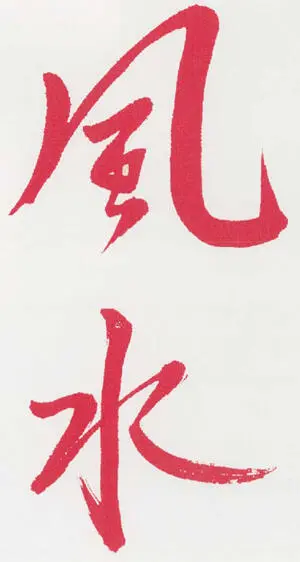
INTRODUCTION Applying the Secrets of the Feng Shui Compass
THERE ARE MANY SYSTEMS OF FENG SHUI BUT THE EASIEST TO MASTER IS COMPASS FENG SHUI. THIS IS BECAUSE IT IS VERY PRECISE, REQUIRING ACCURACY IN READING THE COMPASS AND IN DEMARCATING THE SPACE BEING FENG SHUIED. COMPASS FENG SHUI TAKES THE GUESSWORK OUT OF FENG SHUI PRACTICE, AND ALL SERIOUS MASTER PRACTITIONERS OF FENG SHUI USE THE FENG SHUI COMPASS, OR LUO PAN, IN THEIR PROFESSIONAL WORK.
The Luo Pan is an invaluable tool. At first glance it is an intimidating instrument – it is filled with as many as 3000 Chinese characters, numbers, lines, and symbolic markings. The Luo Pans used by masters of feng shui are usually at least 9 inches (22cm) in diameter with over 20 concentric rings of numbers, characters, colors, and codes. These contain a wealth of secrets – secrets handed down from master to disciple for hundreds of generations. The Luo Pan contains enough feng shui secrets to fill many books. Today, the bright glare of 21st century attention means that these secrets are available to an ever-growing band of “disciples.”
To those who want to learn how to use the compass to create magnificent good fortune for themselves and their families, the secrets of the Luo Pan are worth learning – especially since on closer examination it is not such a daunting instrument after all.
The Luo Pan, or Chinese feng shui compass, is exactly the same as any western-style compass – it is not a different tool. Both compasses indicate exactly the same directions. The Luo Pan, however, was the ancient masters’ means of condensing all their feng shui knowledge into one instrument. Today, all the information contained in the Luo Pan can be reduced to simple charts and graphics that can be organized and presented in user-friendly formats. Then all you need is a simple western-style compass to get your bearings and your orientations.
This book is, in effect, your Luo Pan. All the information in the Luo Pan pertaining to Yang dwellings (that is houses of the living as opposed to grave sites, or houses of the dead) is explained here in detail and illustrated, where necessary, in easy diagrams. Practical examples are used to explain the more complex applications of the compass but as you turn the pages you will be amazed at how simple supposedly advanced feng shui can be. Do not expect to become a master overnight, however. The formulas of feng shui are easy to understand but if you want your practice to have real depth and potency you should use these formulas as much as possible. Repeated practical application is important in perfecting one’s understanding. Superiority in application comes from experience.
The more you use the formulas the more profound your use of feng shui will become. And then you will begin to appreciate the amazing genius behind this 4000-year-old system of environmental science. You will realize as you start to understand the lines and markings of the Luo Pan that the feng shui masters use it for more than just measuring directions. They use it as an instrument for studying the cosmic flow of chi, or energy, in the environment.
The Luo Pan recognizes that all directions are relative. Directions do not exist without a reference point. All directions – no matter who uses them – can only be expressed in terms of a starting point. Thus the Chinese view the compass as a measure of flowing chi currents around a piece of property or a home. This is the starting point, and from this they use the compass to divide the space around it, so that the chi of every degree of space can then be analyzed. In the Luo Pan, 360 degrees is first divided into eight segments of 45 degrees each. These correspond to the primary and secondary directions – north, south, east, and west, as well as northwest, northeast, southwest, and southeast. These 45-degree segments have their corresponding attributes, elements, colors, numbers, and meanings. Just knowing the meanings of the eight directions enables any amateur feng shui practitioner to benefit greatly from the correct placement of doors, objects, rooms, and so forth.
Much contemporary feng shui practice concentrates on using the meanings of these eight basic compass directions to determine the arrangement of space and the placement of enhancers within the home. In this book we go deeper.
This is because these eight directions can be subdivided again to fine-tune the practice further. The Luo Pan divides each of the eight segments into three sub-segments of directions. This means that instead of having only eight directions, we now have 24 – each covering an angle of 15 degrees. The meanings of the Luo Pan are expressed according to these segments, which are referred to as “the 24 mountains.” Each mountain covers an angle of 15 degrees, and each angle of direction contains a broad range of meanings that define the variables of the most powerful formulas of feng shui.
Читать дальше







